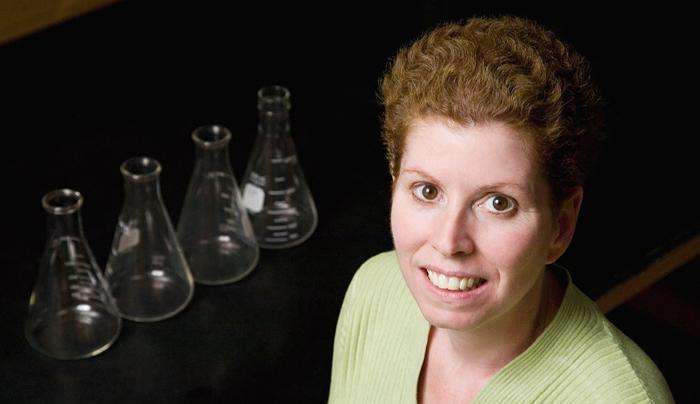The phthalate DEHP undermines female fertility in mice

Two studies in mice add to the evidence that the phthalate DEHP, a plasticizing agent used in auto upholstery, baby toys, building materials and many other consumer products, can undermine female reproductive health, in part by disrupting the growth and function of the ovaries.
In the first study, reported in the journal Reproductive Toxicology, researchers found that exposing pregnant mice to DEHP increased the male-to-female sex ratio of their pups. Reproductive outcomes for the pups also were altered. About one in four of those exposed to DEHP in the womb took longer to become pregnant and/or lost some of their own pups.
The second study, reported in the journal Toxicology and Applied Pharmacology, revealed that DEHP disrupts the growth and function of follicles in the adult ovary. Exposure to DEHP increased the production of proteins that inhibit growth and promote degradation of the follicles, and decreased the production of steroid hormones, the researchers found.
"The follicles are the structures that contain the egg, and if you're killing those, you may have fertility issues," said University of Illinois comparative biosciences professor Jodi Flaws, who led both studies. "The bottom line is that DEHP may damage the follicles and impair the ability of the ovary to make sex steroids like estrogens and androgens, which are really important for reproduction."
Most of the research conducted so far on the reproductive effects of phthalates has focused on males, "because phthalates are thought to interfere with the androgen system," Flaws said.
"Studies that were done on females historically used very high doses of chemicals that aren't environmentally relevant," she said. "So our work has been to focus on the female and on environmentally relevant doses that people might see, either in the environment or occupationally or medically."
It is important to evaluate lower phthalate doses because they reflect real-world exposures, and also because low doses of endocrine-disrupting chemicals like phthalates can have more serious consequences than high doses, Flaws said.
"Sometimes it's at the low doses that you have the most profound effects, and that's what we're seeing with the phthalates," she said.
These studies are among several initiatives of the Children's Environmental Health and Disease Prevention Research Center at the U. of I., which is funded by the National Institute of Environmental Health Sciences at the National Institutes of Health and the U.S. Environmental Protection Agency.
More information:
Reproductive Toxicology Volume 53, June 2015, Pages 23–32. DOI: 10.1016/j.reprotox.2015.02.013
Toxicology and Applied Pharmacology Volume 284, Issue 1, 1 April 2015, Pages 42–53 DOI: 10.1016/j.taap.2015.02.010
















